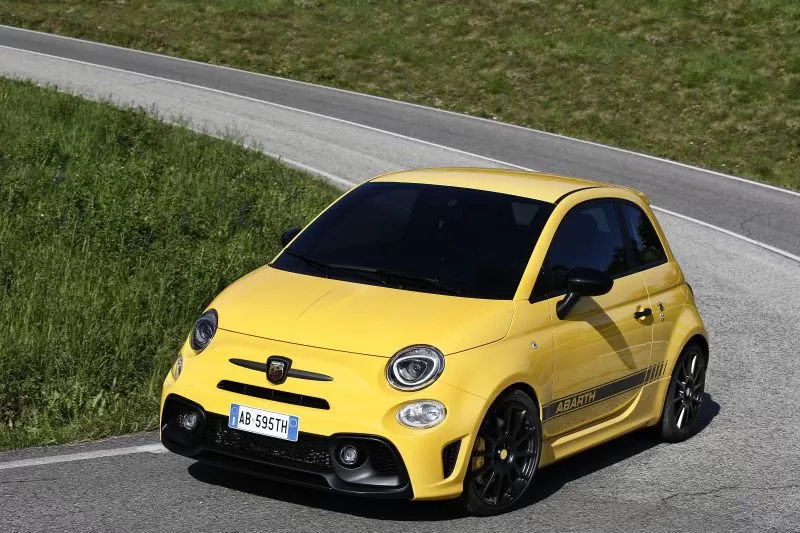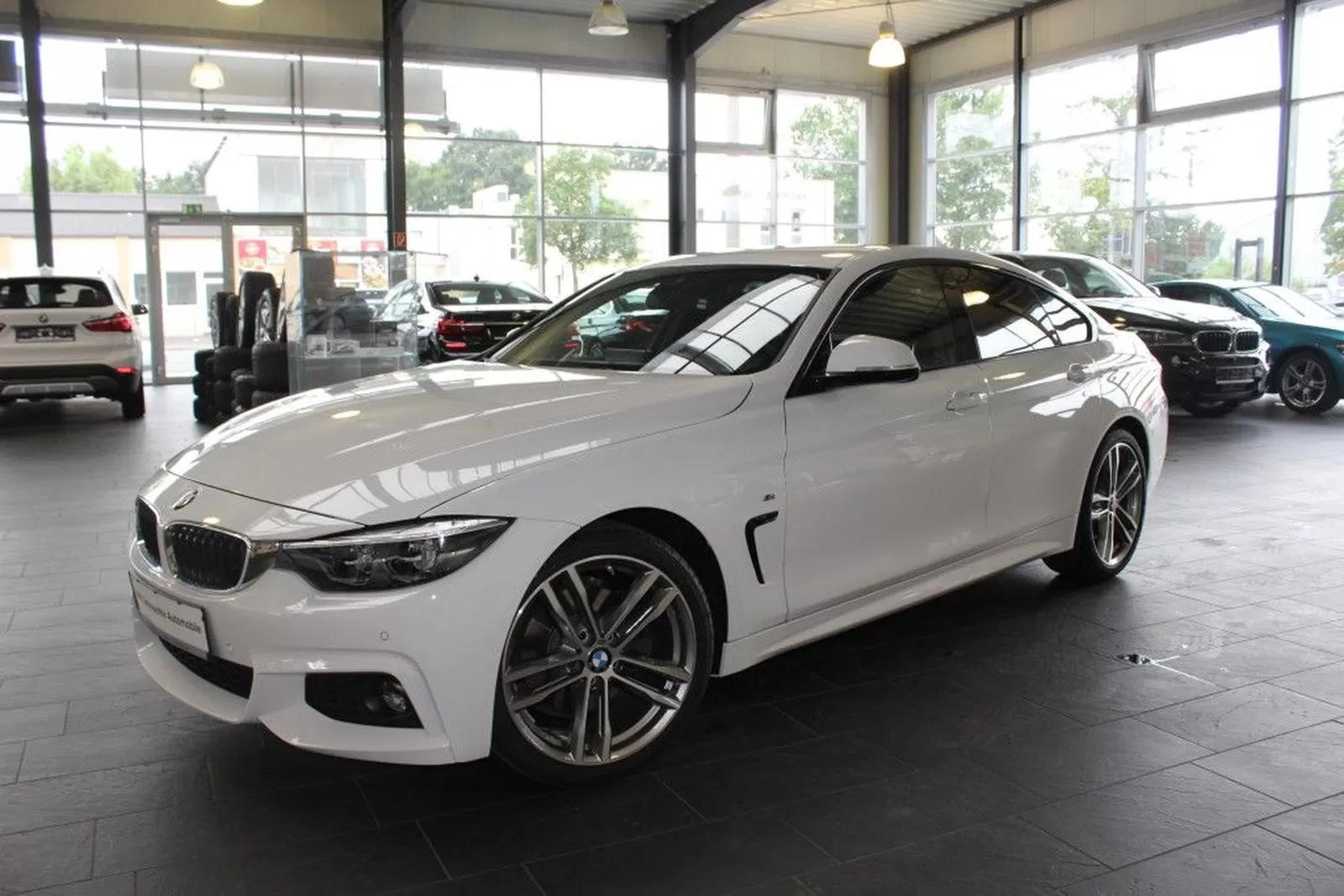
Skoda Karoq - crossover in Czech
A few years ago, Skoda introduced the Yeti, which was based on the Roomster, which in turn was based on the Octavia chassis and shared styling cues with the Fabia… Sounds complicated, doesn't it? As for the popularity of the Skoda Yeti, this issue can also be described as complex. The appearance of the model resembled a not entirely successful genetic experiment, although its versatility and good smoothness on gravel were appreciated, among other things, by government services such as the Border Guard Service or the Police patrolling the territory in the foothill areas. . However, if someone had put forward the thesis a few years ago that Skoda would be handing out cards in the SUV and crossover segment in its price class, most of us would surely burst out laughing. Although the appearance of a large Kodiaq could be commented on with the words: “one swallow does not make a spring,” however, before the new Skoda Karoq, the situation seems to be getting really serious. This is seen not only by us, but also by all the leaders of the brands competing for Skoda. And if you judge this car only through the prism of the first impression that it makes, there is nothing to be afraid of.
family resemblance
As you probably already noticed on the streets, Skoda Kodiaq, big brother bear, is a really big car. Interestingly, Karoq is not a small crossover. It's surprisingly big too. For an SUV positioned just below the middle class, the wheelbase of 2638 mm is a really impressive parameter that directly affects driving comfort. In addition, the car is still "convenient" in urban conditions - its length does not exceed 4400 mm, which should ease parking issues.
The appearance of the Skoda Karoq is the sum of many variables. First of all, the reference to the larger Kodiaq is obvious - similar proportions, characteristic Indian traces under the “eyes” (foglights), rather powerful front and interestingly located rear shades. Other influences? The body of the Karoq visually shares many similarities with its sister model, the Seat Ateca. It is not surprising, because when comparing the dimensions, these cars are identical. Here again we see a strong cross-brand collaboration within the group, where superficially identical vehicles convince completely different customer groups.
Let's go back to Karoku. Do Skoda SUVs have a discreet, unremarkable design? Not anymore! Although it is undeniable that these cars have become somewhat characteristic - it is known that the next SUV behind us is Skoda.
From the front, the Karoq looks massive, not a city car. As for the location of the headlights, this is a matter of taste, but the Czech manufacturer is slowly getting used to the fact that the headlights are divided into several segments. Although in the case of Skoda SUVs, this is not as controversial as the widely commented decision in Octavia.
All lower edges of the case were protected by plastic pads. The doors and side line carry the distinctive geometric embossing familiar to Skoda fans. The shape must be correct, the car must be as practical as possible, roomy and guarantee more space than the competition - this is not a novelty in this matter. The brand philosophy remains the same. Skoda is one of the few manufacturers that isn't trying to make the Karoq a coupe-style SUV. The roof doesn't drop sharply behind the windshield, the line of windows at the rear doesn't lift up sharply - this car simply doesn't pretend to be what it isn't. And that authenticity sells well.
Practicality instead of extravagance
While the exterior of the Karoq is a variation on previously known themes, inside, especially compared to other Skoda models, we can find one significant innovation - the possibility of ordering a virtual clock, similar to those previously used in Audi or Volkswagen. This is the first Skoda car with such a solution. Both the dashboard and center tunnel were borrowed from the larger Kodiaq. We also have the same control buttons under the air conditioner panel or the same control buttons under the gear lever (with a choice of driving modes) or the OFF-ROAD mode switch.
The starting price list is not particularly extensive - we have only two versions of equipment to choose from. Of course, the list of additional equipment includes several dozen items, so choosing exactly what we want is not difficult, and standard equipment can be impressive.
The driver and front passenger cannot complain about the lack of space, there is also enough headroom. In Karoqu, a comfortable and safe posture is easily adopted, and the positioning of the seat and other on-board devices, as usual in Skoda, is intuitive and takes a few seconds. The quality of the finishing materials is mostly good - the top of the dashboard is made of soft plastic, but the lower you go, the harder the plastic becomes - but it's hard to find fault with their fit.
When there are four of us, rear passengers can rely on an armrest - unfortunately, this is the folded back of the middle seat in the back seat. This creates a gap between the trunk and the cab. The rear seats, like in the Yeti, can be raised or even removed - which greatly facilitates the arrangement of the luggage compartment.
The base volume of the luggage compartment is 521 liters, while the bench is in the "neutral" position. Thanks to the VarioFlex system, the volume of the luggage compartment can be reduced to 479 liters or increased to 588 liters, while maintaining capacity for five people. When really big cargo space is needed, after excluding the rear seats we have 1810 liters of space and the folding front passenger seat will certainly help carry very long items.
Reliable companion
Karok is intuitive. Probably, the engineers wanted to appeal to the widest possible range of buyers, because the Skoda's suspension is not too stiff and does not feel uncontrollable on rough roads, although driving comfort is definitely more important than sporty performance - especially at fairly high speeds. - profile tires. The car is quite daring on paved roads, and the all-wheel drive was very effective in getting out of fairly deep sand during testing. The steering, like the suspension, is set up so that it is not too direct, and at the same time does not allow you to doubt the direction of travel.
What is surprising is the very good level of silence in the cabin, even when driving at highway speeds. Not only is the engine compartment very well muffled, but the noise of the air flowing around the car does not seem particularly annoying.
Having driven several versions of Karoq, we liked the combination of this car with the new 1.5 hp VAG engine. manual transmission or seven-speed automatic DSG. Known to be a three-cylinder design, the 150 TSI engine handles the car's weight properly, but there's no sporty driving here. However, all those who plan to use Karoq mainly in urban areas will be satisfied with this power unit. The Karoq doesn't surprise when driving, but it doesn't disappoint either, it drives just like any other Skoda - correctly.
Controversial values
The issue of pricing is perhaps the biggest controversy about the Karoq. During the presentation, everyone thought that since it is a smaller SUV, it will also be much cheaper than the Kodiaq. Meanwhile, the difference between the basic versions of both these cars is only PLN 4500, which was a shock to everyone. The cheapest Karoq costs PLN 87 - then it is equipped with a 900 TSi three-cylinder engine with 1.0 hp. with manual transmission. In comparison, the Style version, equipped with everything possible, with the most powerful diesel, automatic transmission and 115×4 drive, exceeds the amount of PLN 4.
Little brother is a big success?
Skoda needed a Yeti replacement that closely resembled the well-received Kodiaq. The segment of small SUVs and crossovers is demanding, and the presence of a "player" is a must for almost every manufacturer. The Karoq has a chance to compete in its segment and is sure to convince everyone for whom a car is primarily practical. Although many are critical of this model's starting price, looking at competitors' cars and comparing their standard equipment, it turns out that at equal equipment levels, the Karoq is reasonably priced. Looking also at the sales statistics of the larger Kodiaq and taking into account the significant similarities between both Skoda SUVs, no one will be worried about the sales success of the Karoq.
The ugly duckling stigma left by the Yeti has been washed away, the silhouette of the new Karoq is striking, and the functionality of its predecessor has not only remained, but has been supplemented. Is this a recipe for success? The next few months will provide an answer to this question.

